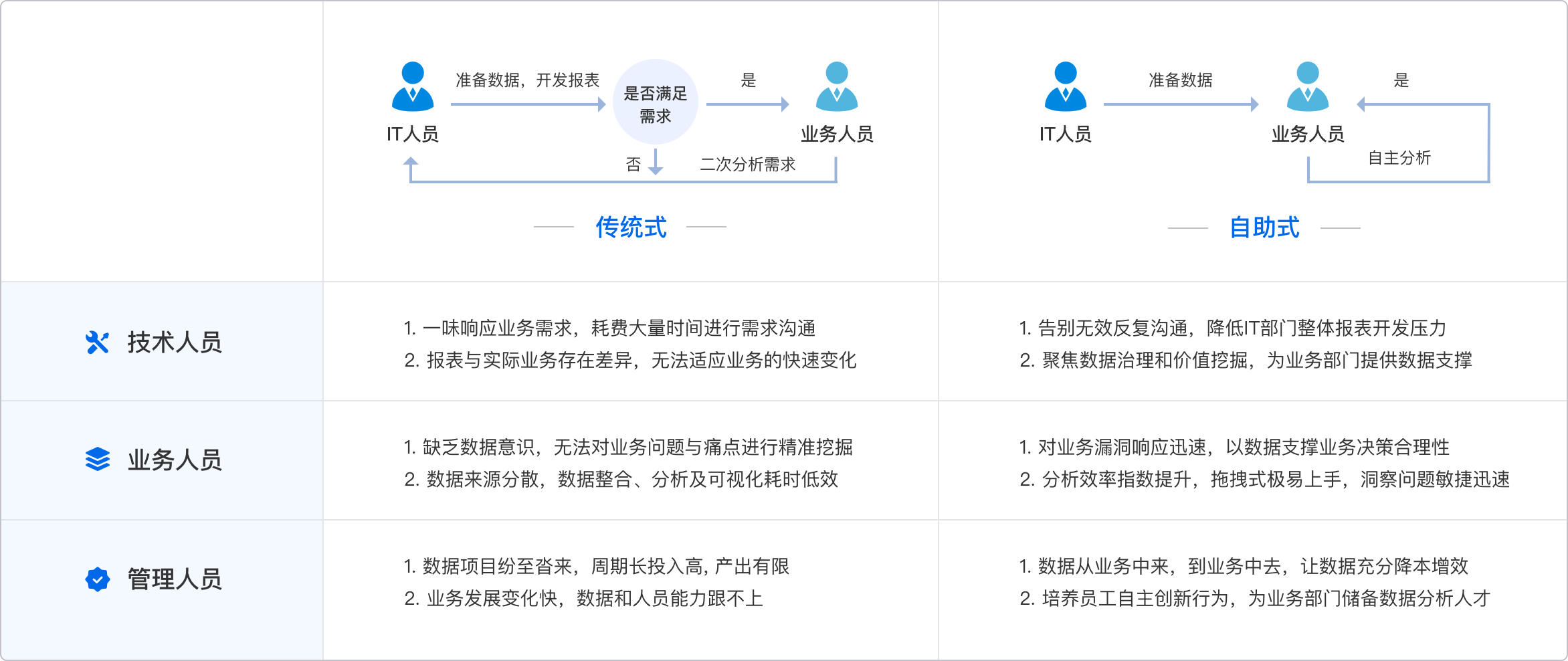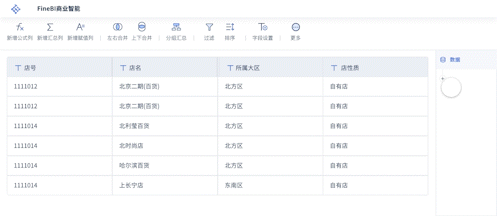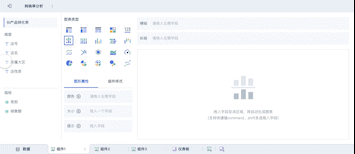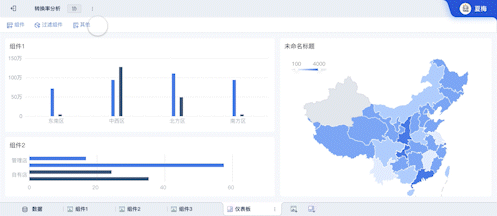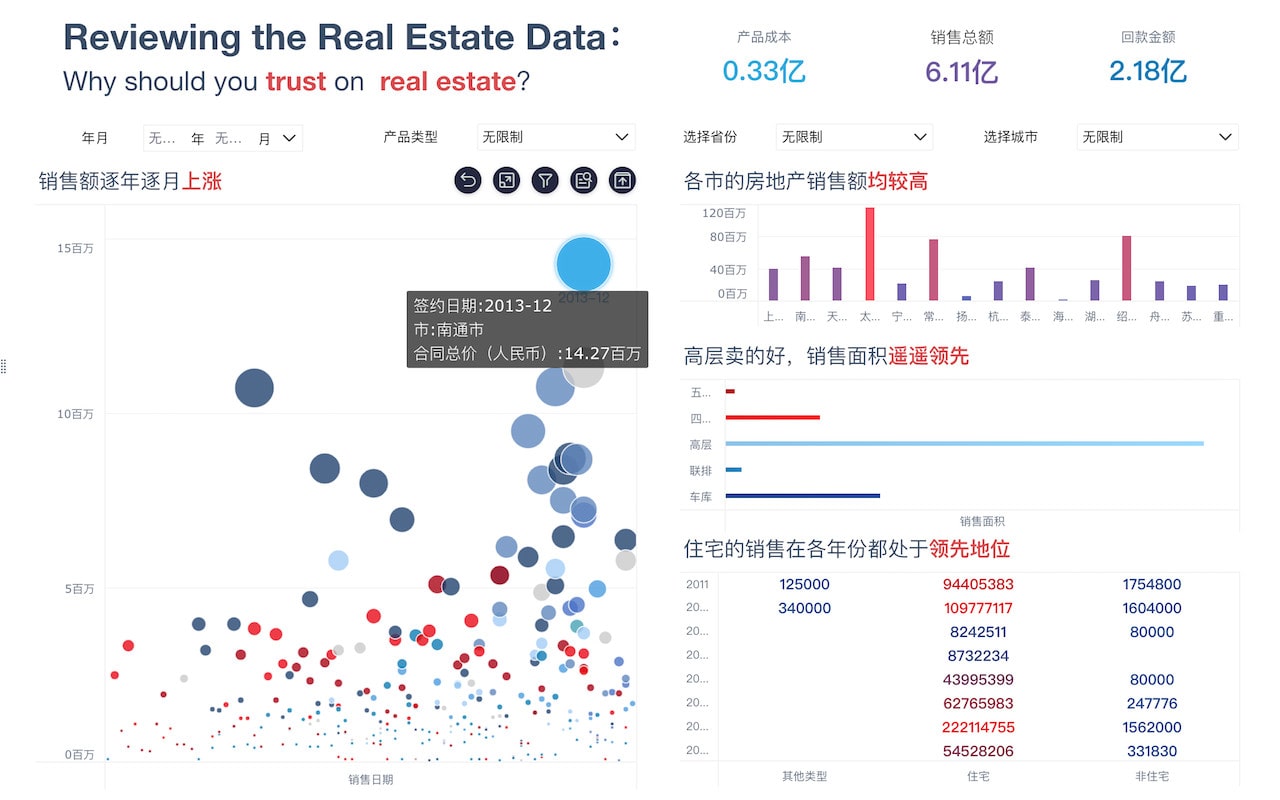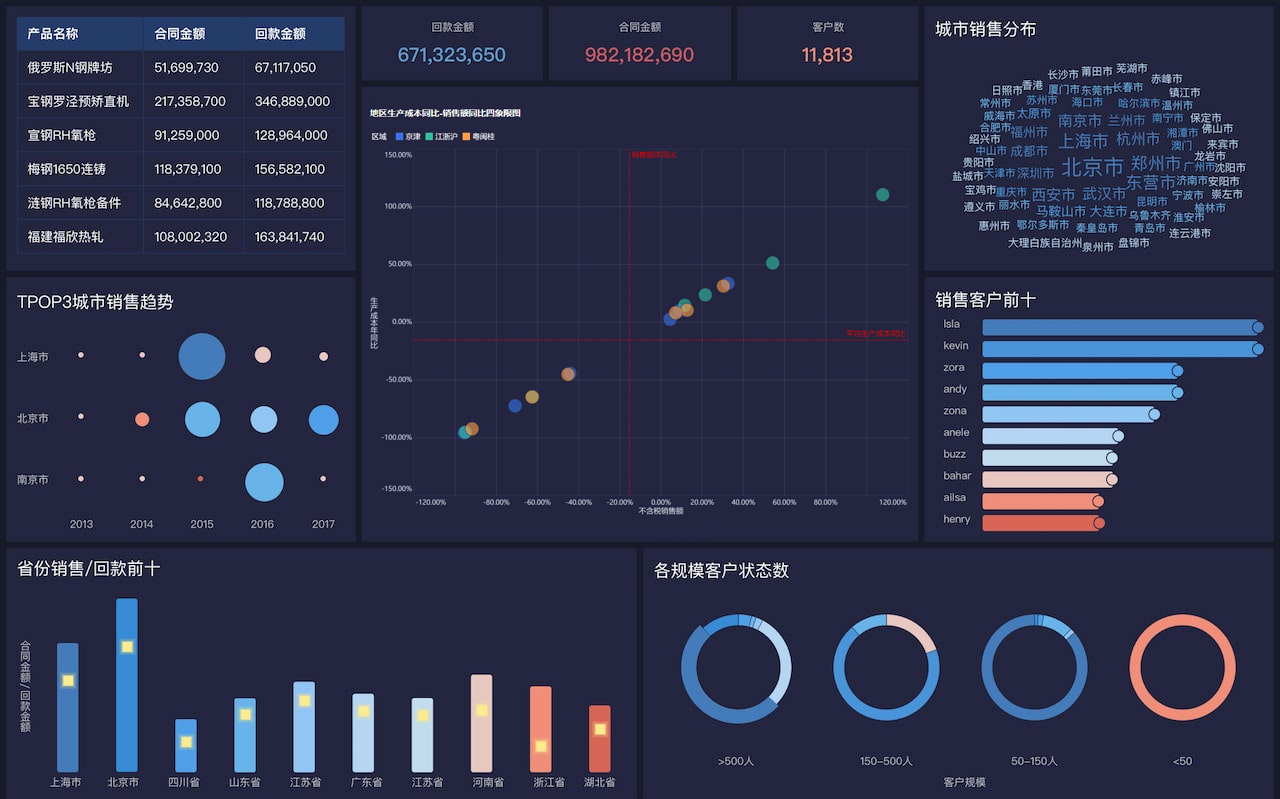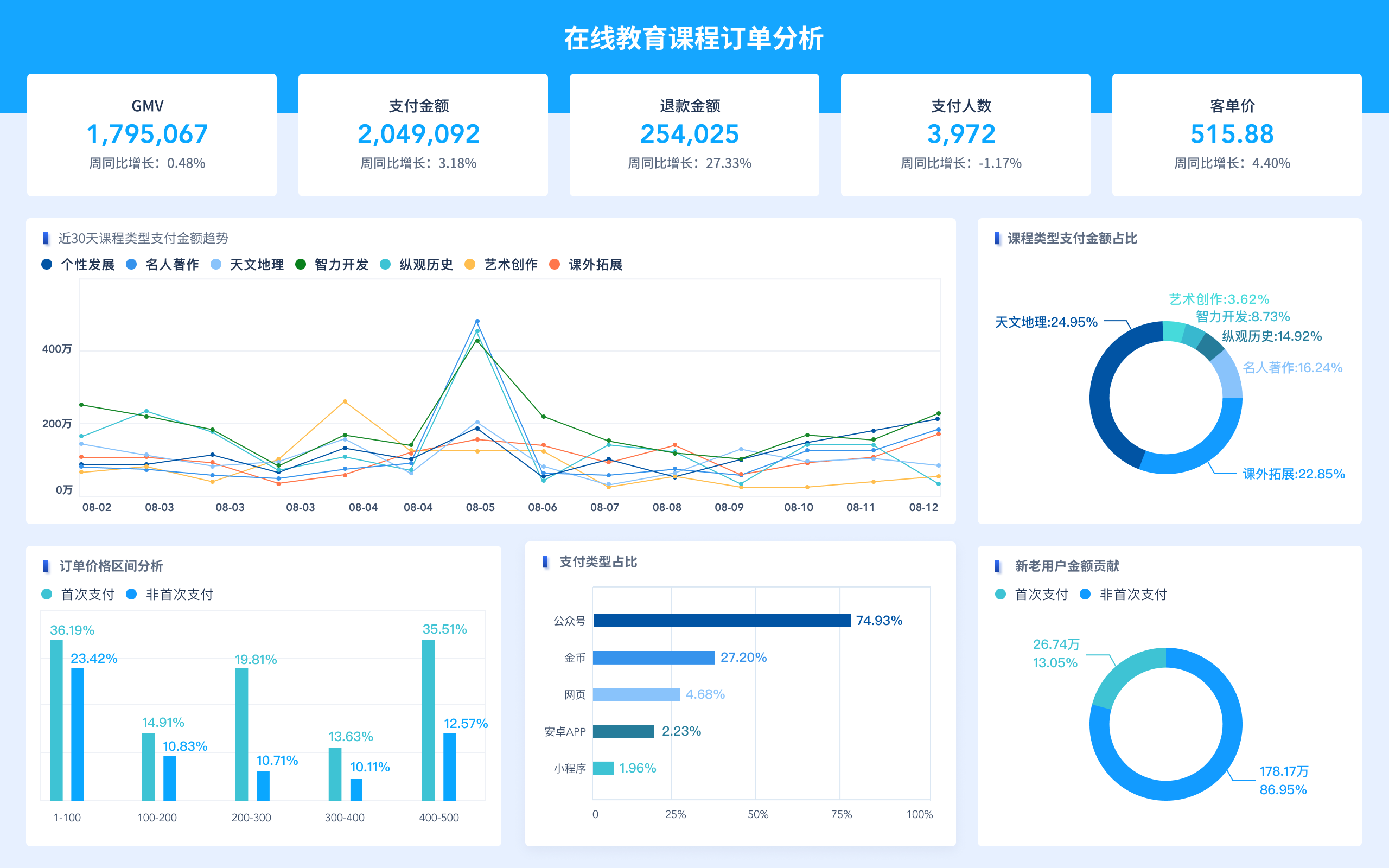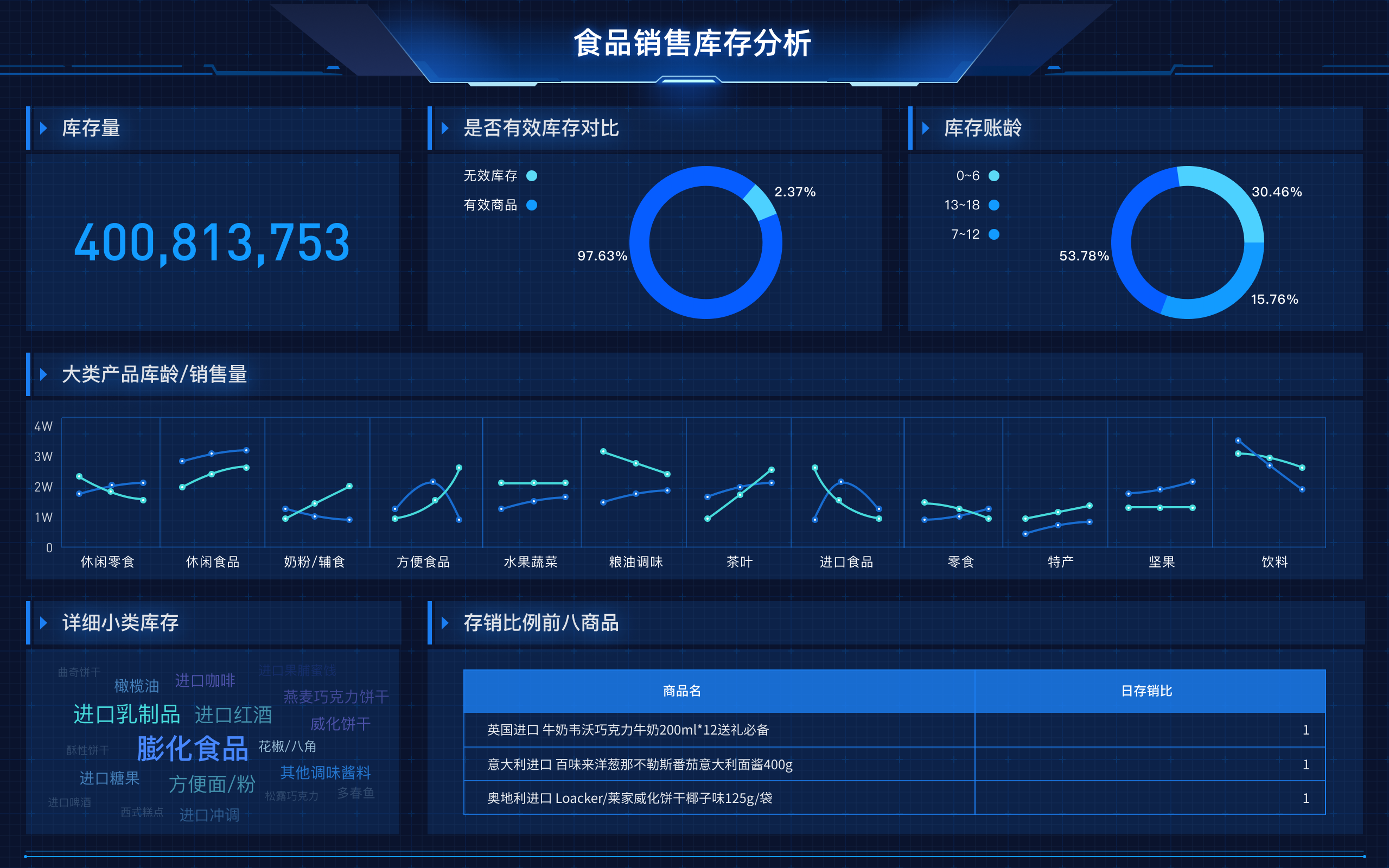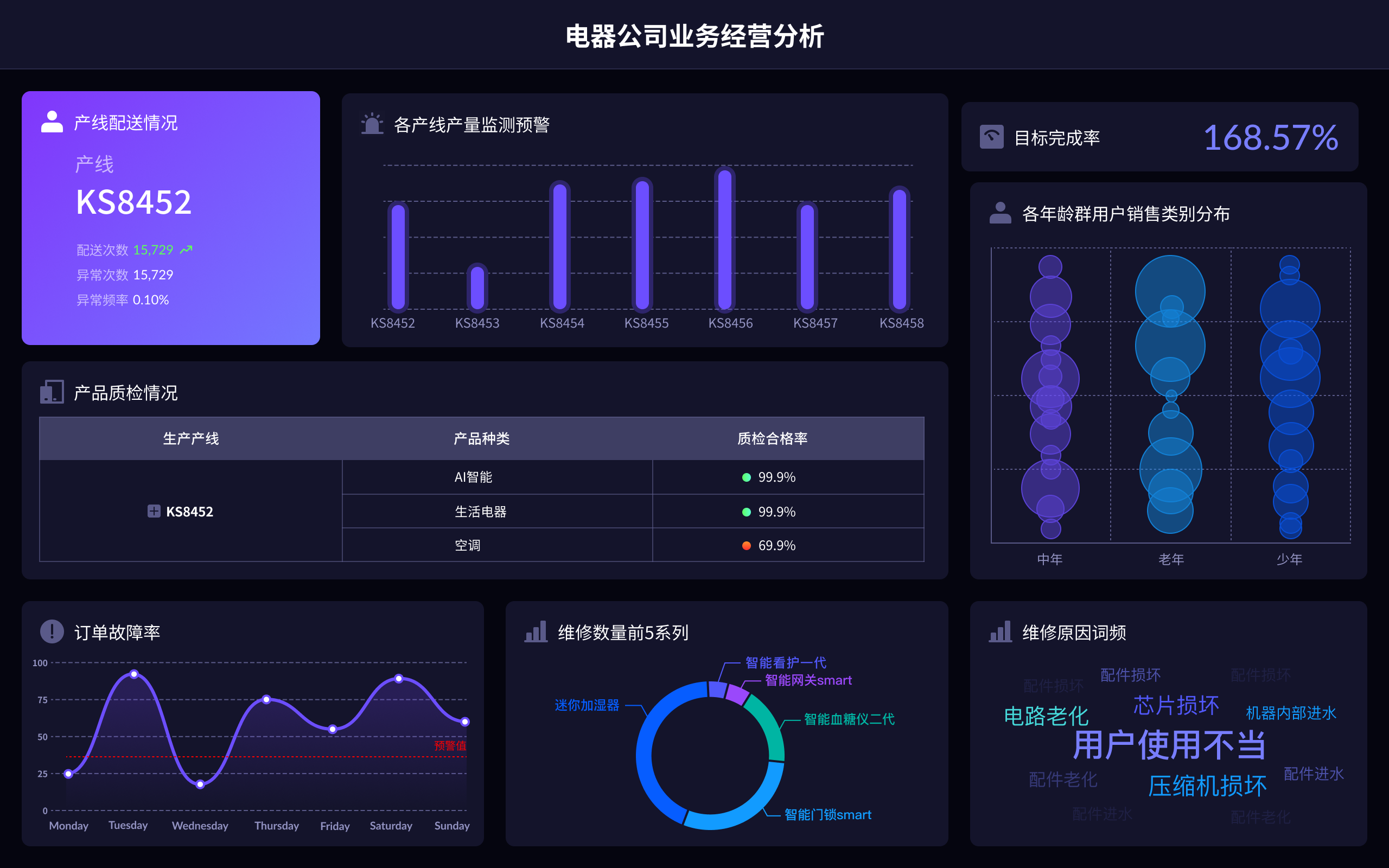
数据集成的英语是“Data Integration”。
Data Integration refers to the process of combining data from different sources to provide a unified view. It involves techniques and tools to gather, transform, and consolidate data from various databases, data warehouses, and other sources. This process is essential in creating a cohesive and comprehensive dataset for analysis, reporting, and decision-making.
I. DEFINITION AND IMPORTANCE OF DATA INTEGRATION
Data Integration is the process of aggregating data from different sources into a single, coherent dataset. This is crucial in various fields, especially in business and research, where data-driven decisions are made. By integrating data, organizations can ensure consistency, accuracy, and accessibility of data across different departments and systems. Key benefits include improved data quality, streamlined processes, and enhanced decision-making capabilities. For example, in a retail company, integrating sales data from different stores can provide insights into overall performance and customer behavior patterns, enabling better strategic planning and resource allocation.
II. METHODS AND TOOLS
There are several methods for data integration, each suitable for different scenarios:
-
Manual Data Integration: Involves manually extracting, transforming, and loading (ETL) data from different sources. This method is labor-intensive and prone to errors but can be effective for small-scale projects.
-
Middleware Data Integration: Uses middleware software to facilitate the communication between different data sources and the target system. Middleware acts as a bridge, ensuring data is properly transformed and formatted before integration.
-
ETL (Extract, Transform, Load): A widely used method that involves extracting data from different sources, transforming it into a suitable format, and loading it into a data warehouse or another target system. ETL tools automate much of this process, reducing manual effort and improving accuracy.
-
Data Virtualization: An approach that allows users to access and query data from different sources without the need for physical data consolidation. This method provides a real-time view of the data, making it ideal for situations where up-to-date information is crucial.
-
Data Warehousing: Involves collecting and storing data from different sources in a centralized repository. Data warehouses provide a structured environment for analysis and reporting, making it easier to generate insights from integrated data.
Tools: There are numerous data integration tools available, each with unique features and capabilities. Popular tools include Talend, Informatica, Microsoft SQL Server Integration Services (SSIS), and Apache Nifi. These tools offer functionalities like ETL, data cleaning, data mapping, and real-time data processing, catering to various integration needs.
III. CHALLENGES IN DATA INTEGRATION
Data integration presents several challenges that organizations must address to ensure a successful implementation:
-
Data Quality Issues: Inconsistent data formats, duplicate records, and incomplete data can complicate the integration process. Ensuring high data quality requires thorough data cleaning and validation.
-
Data Security and Privacy: Integrating data from different sources increases the risk of data breaches and unauthorized access. Implementing robust security measures and compliance with data protection regulations is essential.
-
Complexity and Scalability: As the volume and variety of data grow, integrating data becomes more complex and resource-intensive. Organizations need scalable solutions that can handle large datasets and diverse data sources efficiently.
-
Technical Compatibility: Different data sources may use varying formats, structures, and protocols, making integration technically challenging. Standardizing data formats and using compatible integration tools can mitigate this issue.
-
Cost and Resource Allocation: Data integration projects can be costly and require significant resources, including skilled personnel and advanced technology. Balancing cost and resource allocation while achieving integration goals is a common challenge.
IV. BEST PRACTICES
To overcome these challenges and ensure successful data integration, organizations should follow best practices:
-
Define Clear Objectives: Establish clear goals and objectives for the data integration project, aligning them with business needs and priorities.
-
Choose the Right Tools: Select data integration tools that fit the organization’s requirements, considering factors like scalability, ease of use, and compatibility with existing systems.
-
Ensure Data Quality: Implement robust data quality measures, including data cleaning, validation, and standardization, to ensure accurate and reliable integrated data.
-
Prioritize Data Security: Develop and enforce strong data security policies, including encryption, access controls, and compliance with data protection regulations.
-
Foster Collaboration: Encourage collaboration between different departments and stakeholders involved in the data integration process. Effective communication and teamwork are crucial for addressing challenges and achieving integration goals.
-
Monitor and Evaluate: Continuously monitor the integration process and evaluate its performance. Use metrics and feedback to identify areas for improvement and ensure the integration meets the desired objectives.
By following these best practices, organizations can achieve efficient and effective data integration, unlocking the full potential of their data for better decision-making and business outcomes.
For more detailed information on data integration tools and solutions, consider exploring FineDatalink, a product by FanRuan. You can visit their website for additional resources and support: FineDatalink.
相关问答FAQs:
数据集成 的英语表达为 Data Integration。下面是有关 Data Integration 的常见问题解答,以帮助深入了解这一领域的相关知识。
数据集成是什么?
数据集成 指的是将来自不同来源的数据汇集到一个统一的系统中,以便于更高效地处理和分析。这通常涉及将来自多个数据库、应用程序或数据仓库的数据进行整合,确保信息的一致性和完整性。通过数据集成,可以提供一个集中的数据视图,使得组织能够更好地进行决策和业务分析。数据集成不仅包括数据的合并,还涉及数据清洗、转换和加载等步骤,以确保最终的数据质量和一致性。
数据集成有哪些主要方法?
在数据集成过程中,有几种常见的方法和技术:
-
ETL (Extract, Transform, Load):这是最传统的数据集成方法,包括数据的提取、转换和加载三个阶段。数据从多个源系统中提取,经过转换过程(如格式转换、数据清洗等),然后加载到目标数据仓库中。
-
ELT (Extract, Load, Transform):与ETL类似,但数据在提取后直接加载到目标系统中,转换过程在目标系统中进行。这种方法适用于大数据环境,能够更好地利用现代数据处理平台的处理能力。
-
数据虚拟化:这是一种无需物理整合数据源的方法,通过创建虚拟数据层来实时访问和操作不同的数据源。数据虚拟化提供了一个统一的数据视图,而无需实际复制或移动数据。
-
数据复制:将数据从一个源系统复制到另一个系统中,以实现数据整合。这种方法适用于需要实时数据同步的场景,但可能会引发数据一致性和数据同步的挑战。
-
中间件集成:利用中间件技术将不同的数据源和应用程序连接起来,实现数据的共享和交换。这种方法通常用于需要实时或近实时数据集成的复杂环境中。
为什么数据集成对于企业至关重要?
数据集成对于企业的重要性体现在以下几个方面:
-
提升决策能力:通过整合不同来源的数据,企业能够获得一个完整的视图,帮助高层管理人员做出更明智的决策。无论是销售数据、财务数据还是客户反馈,集成后的数据能提供更全面的分析依据。
-
提高数据质量:数据集成过程中,数据会经历清洗和转换,以去除重复或不准确的信息。这有助于提升数据的准确性和一致性,从而提高业务运营的效率。
-
增强运营效率:整合的数据可以减少人工数据处理的需求,自动化报告和分析流程。这不仅节省了时间,还减少了人为错误,提高了整体业务效率。
-
支持数据驱动的创新:拥有集成的数据,企业能够更好地识别市场趋势和客户需求,从而推动产品和服务的创新。集成数据能够揭示潜在的商业机会,并帮助企业快速响应市场变化。
-
改善客户体验:通过整合客户相关的数据,企业可以更准确地了解客户的需求和偏好。这使得能够提供个性化的服务和精准的营销,从而提升客户满意度和忠诚度。
数据集成是现代数据管理的核心组成部分,对于优化业务流程、提升数据质量和支持战略决策都发挥着重要作用。无论是大型企业还是中小型企业,实施有效的数据集成策略都是提升竞争力的关键。
本文内容通过AI工具匹配关键字智能整合而成,仅供参考,帆软不对内容的真实、准确或完整作任何形式的承诺。具体产品功能请以帆软官方帮助文档为准,或联系您的对接销售进行咨询。如有其他问题,您可以通过联系blog@fanruan.com进行反馈,帆软收到您的反馈后将及时答复和处理。


